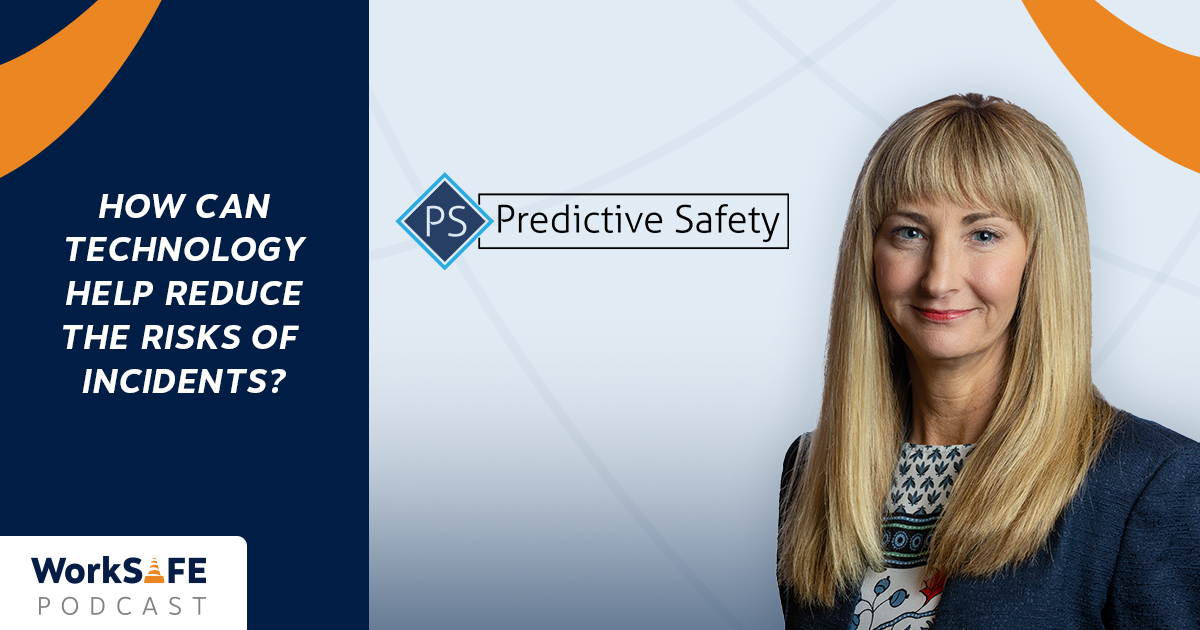CHANGING SEASONS= CHANGING SAFETY
The Mine Safety and Health Administration is promoting a new safety initiative to raise awareness that October is historically the most dangerous month in metal and nonmetal mining. During October, as sites prepare for fall and winter, accident numbers go up, and this trend has been generally true since 2000, and in 2013, there was a marked increase relative to other years.
MSHA asserts that these seasonal changes cause a rise in accidents because “operations are … performing annual shutdown activities and dissembling portable plants. [They are] relocating equipment into storage and conducting annual repairs. During seasonal transition, miners may engage in new or unfamiliar tasks, working with equipment they service only once a year, or assisting maintenance personnel on jobs they rarely perform.” Assistant Secretary of Labor Mine Safety and Health Joseph A. Main stresses that workplace examinations and employee training are integral for avoiding dangerous conditions during seasonal transition processes.
“During the seasonal transition, miners may engage in new or unfamiliar tasks, working with equipment they service only once a year, or assisting maintenance personnel on jobs they rarely perform.”
Workplace examinations and employee training are of course already an established aspect of mining in the US, but seasonal transition activities, in part because they are infrequent and irregular, may not be prioritized as part of safety training at some companies or sites. Such activities are often exceptions to normal daily job tasks for many mine employees, and although 30 CFR Part 46.7 requires an employee to be fully task-trained before undertaking a new job task, historical statistics for the month of October may suggest that in at least some circumstances, such task-training may have been insufficient.
Consider, for example, a miner who did not get a proper night’s sleep, is fatigued and is now faced with a seasonal job task he rarely performs or has little experience doing. He may be putting himself or his coworkers at risk. Fortunately, the science and technology behind Predictive Safety can anticipate such situations and make supervisory personnel aware of them so that they may be defused before the unspeakable occurs. Through combining training, workplace examinations, and data analysis—preparatory, practical, and predictive methods—the increased risk that has seemed inherent in October can hopefully be mitigated.











